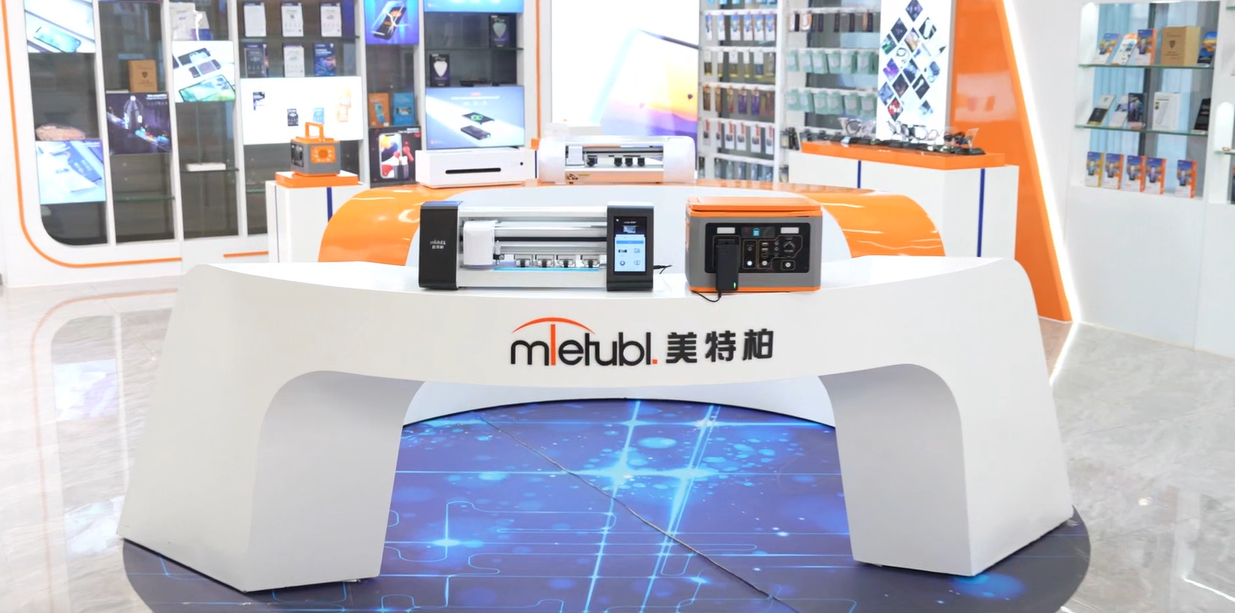
MIETUBL Brand Overview
MIETUBL is a brand originating from China and thriving through China’s intelligent manufacturing. It is committed to providing high-quality mobile accessories and related products to global consumers. Since its inception in 1998, the brand has followed the trends of the times, focusing on resource integration and building a symbiotic and shared industry ecosystem, enabling global consumers to conveniently access quality products that enhance their lives.
By continuously innovating and diversifying its product offerings, MIETUBL has achieved significant success in the mobile accessory industry. As a brand driven by customer value and innovation, MIETUBL has expanded into various product applications while accumulating rich industry experience and establishing a stable customer base. Headquartered in Zengcheng, Guangzhou, the company has strategically positioned itself within the mobile accessory industry, integrating high-quality production resources and aiming for a win-win business model.
Core Values and Development Vision:
-
Customer-Centric: MIETUBL always prioritizes customer needs, continually enhancing product quality and consumer experience through innovation and technological research and development.
-
Resource Integration and Industry Symbiosis: By integrating industry resources, MIETUBL creates a symbiotic, shared industry ecosystem, connecting global distributors and consumers, and promoting mutual growth across the value chain.
-
Global Vision: MIETUBL is committed to bringing Chinese manufacturing to the world, providing global consumers with high-quality, innovative mobile accessories, while offering profitable opportunities for distributors.
MIETUBL’s long-term vision is to continually enhance its products through innovation and quality, establishing “MIETUBL” as a globally trusted brand, recognized in markets around the world.
PRODUCTS
How Tempered Glass is Used in Automotive Windows for Extra Safety
The Tempering Process: Transforming Ordinary Glass
The transformation of ordinary glass into tempered glass is a fascinating process involving controlled thermal and chemical stresses. Standard float glass, a flat sheet of glass created by floating molten glass on a bed of molten tin, forms the base material. This flat sheet is then carefully heated to an extremely high temperature, typically around 650°C (1202°F), causing it to soften. At this point, the glass becomes pliable but not liquid.
Next, the heated glass is rapidly cooled using high-pressure air jets. This rapid cooling process creates significant internal stresses within the glass. The outer surfaces cool and contract faster than the inner core, resulting in a compression layer on the exterior and a tension layer in the interior. This intricate internal stress pattern is the key to tempered glass's enhanced strength and safety characteristics.
Enhanced Strength and Shatter Resistance
The compressive stresses on the outer surface of tempered glass significantly increase its strength compared to annealed (ordinary) glass. This means tempered glass can withstand much higher impact forces before fracturing. This added strength is a primary reason why it's employed in car windows, especially side and rear windows, offering crucial protection in collisions.
Furthermore, when tempered glass does finally break, it shatters into small, relatively harmless, granular pieces rather than sharp, jagged shards. This characteristic dramatically reduces the risk of serious injury to occupants in a car accident. This fragmentation pattern, known as "dicing," is a critical safety feature that distinguishes tempered glass from its less robust counterpart.
Safety Beyond Shatter Resistance
The safety benefits of tempered glass extend beyond simply preventing large, sharp shards. The smaller, less dangerous fragments produced upon breakage are less likely to cause significant lacerations or puncture wounds. This is particularly important for children and passengers in the event of an accident.
In addition, the inherent strength of tempered glass allows automakers to design thinner, lighter windows without compromising safety. This contributes to improved fuel efficiency and reduced vehicle weight, contributing to overall vehicle performance and environmental impact. The thinner profile can also improve visibility, particularly advantageous in areas with poor visibility, such as during inclement weather conditions.
Laminated Glass: A Further Layer of Protection
While tempered glass offers significant safety improvements, many modern vehicles utilize a combination of tempered and laminated glass for maximum protection. Laminated glass consists of two or more layers of glass bonded together with a layer of polyvinyl butyral (PVB) interlayer. This interlayer acts as a strong adhesive, holding the glass together even if cracked.
This combination of tempered and laminated glass provides an incredibly strong and safe window system. Even if the tempered glass shatters, the PVB interlayer will hold the fragments together, preventing them from scattering and further reducing the risk of injury. This combination is typically found in windshields, providing essential protection for the driver and front passenger.
Conclusion: A Crucial Component of Automotive Safety
Tempered glass has revolutionized automotive safety by significantly enhancing the strength and shatter resistance of car windows. Its unique properties, resulting from a carefully controlled heat treatment process, contribute to reduced injury in accidents and allow for lighter, more fuel-efficient vehicles. The combination of tempered and laminated glass further enhances safety, ensuring maximum protection for vehicle occupants. The ongoing development and refinement of automotive glass technologies highlight a continuous commitment to improving passenger safety and vehicle performance.
SUBSCRIBE
INQUIRY